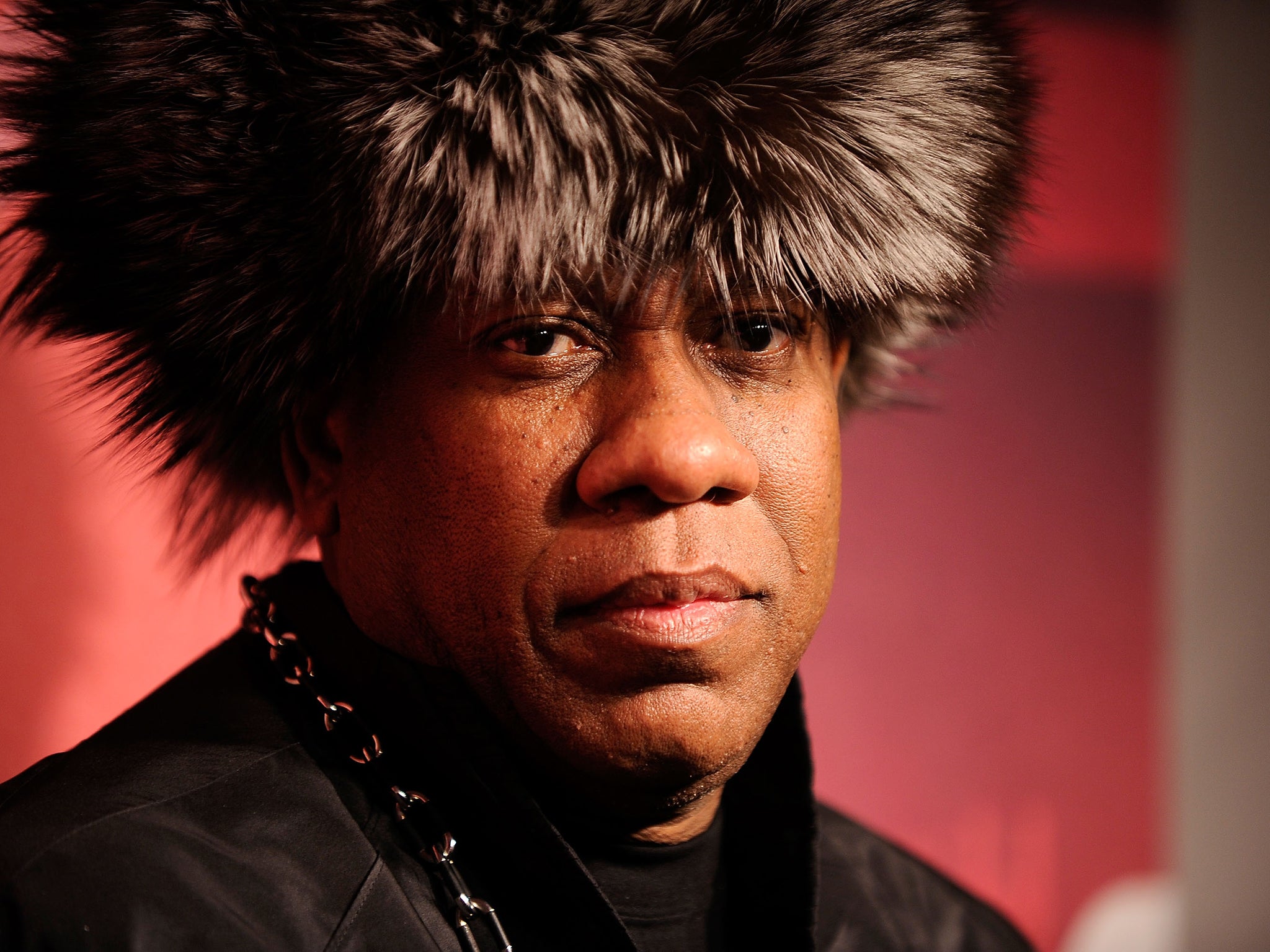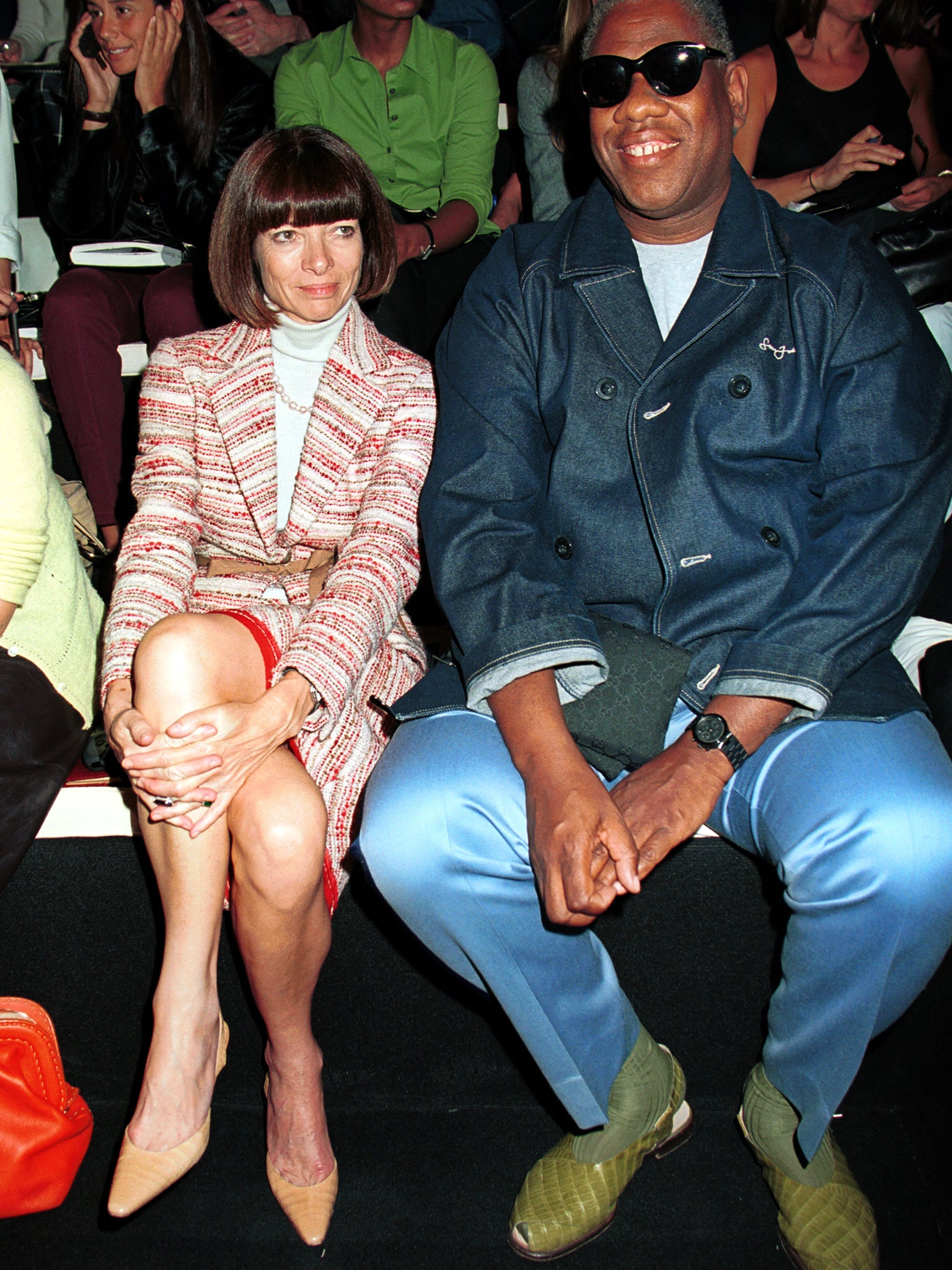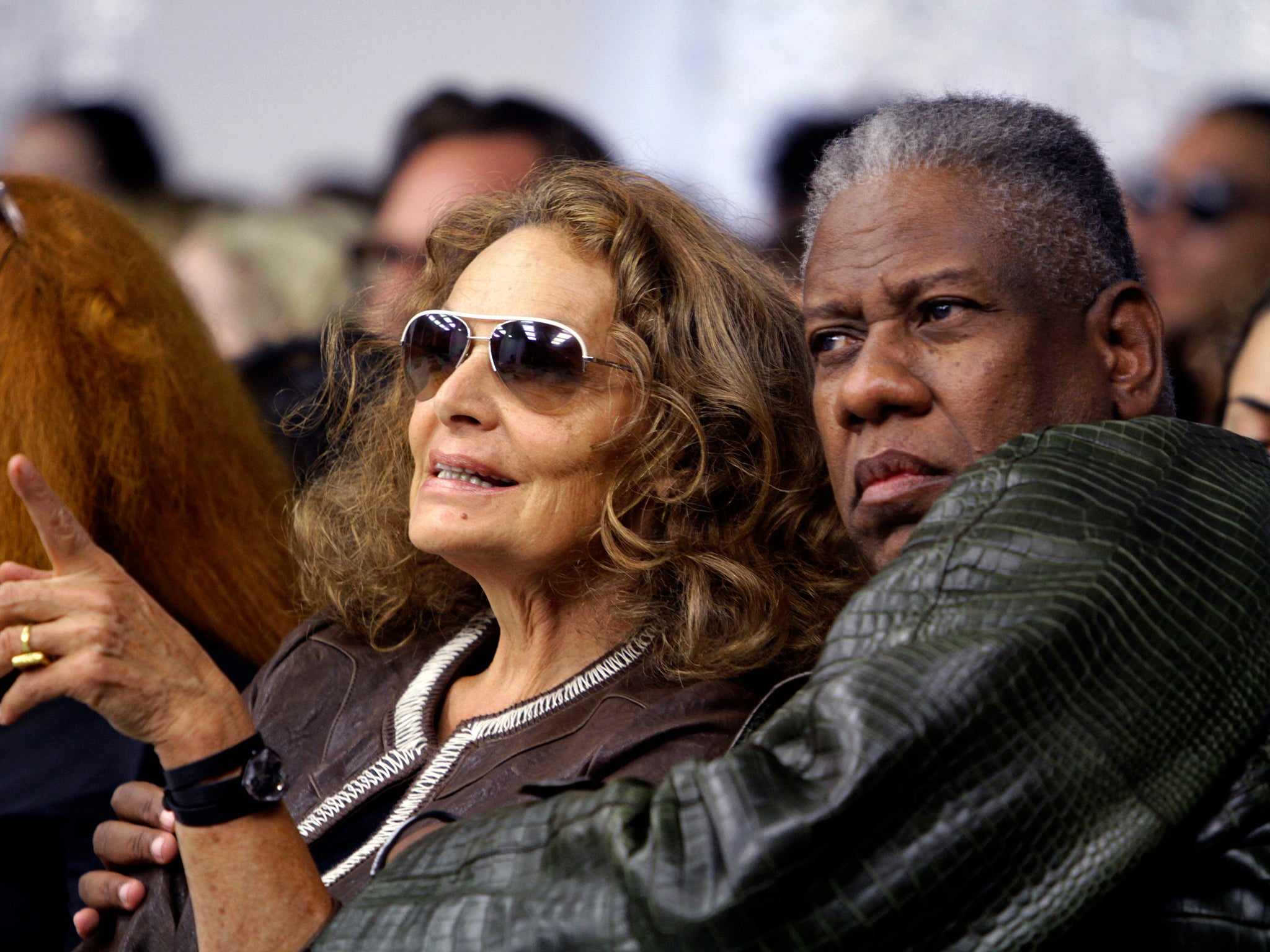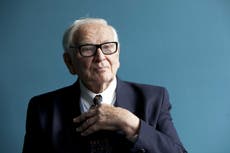Andre Leon Talley: Trailblazing Vogue editor who broke fashion’s boundaries
Larger than life, and described as ‘the last great editor of a lost era’, Andre Leon Talley rose through the ranks at Vogue, breaking new ground for his race and becoming an international authority on style

A trailblazer in the truest sense of the word, Andre Leon Talley was to Paris couture what Sidney Poitier was to Hollywood: a Black man who revolutionised the status of his race in a predominantly white industry. Whereas Poitier had a quiet, graceful, persona – pre-empting Leon Talley by two decades – Leon Talley was literally a larger than life character who stood at 6ft 6in tall.
He possessed an unmissable presence and an attitude that Anna Wintour – editor in chief of US Vogue, and his boss for decades – described as “bombastic”. For all his bravado, Leon Talley was not of the “fake it till you make it” contingent. He was a walking encyclopedia of fashion. “My power came from my knowledge,” he once said. “I opened my mouth and knew what I was talking about.”
Born on 16 October 1948 in the affluent area of Georgetown, Washington DC, he was brought up by his grandmother and great-grandmother in Durham, North Carolina. There, he underwent a natural fashion induction. “I learned about style in the church. There were the best hats. The best coats. It was all about polish. There was a ritual of laying them out, picked on a Saturday.”
At 12 years old he was poring over issues of American Vogue, his entree to the world of fashion, and seeing the first Black models to grace the pages of the magazine, namely Pat Cleveland and Naomi Sims. Fittingly, he also read John Fairchild’s book The Fashionable Savages, a seminal sartorial critique published in 1965.
At a time when racial segregation was rife and integration was in its infancy, Leon Talley arrived in New York in 1974 with an MA in French studies from Brown University. It was here that Leon Talley volunteered to work at the Metropolitan Museum on the Romantic and Glamorous Hollywood Design exhibition, and encountered the legendary magazine editor Diana Vreeland.
While he was dressing a mannequin as Claudette Colbert in a gold lamé Adrian dress, Vreeland called him into her office with a fashion narrative. “You are dressing Cleopatra. She’s a teenage queen. She spends all day in the sun. She is trailed by her white albino peacocks. Now get cracking, Andre. That’s the assignment.” Their enduring relationship was to underpin Leon Talley’s life in fashion.

With Vreeland’s assistance, he secured a job as an assistant at Andy Warhol’s Interview magazine. He was paid $75 a week, but, as he stated in his memoir, “The social life that came along with it was priceless.” He was poached from Interview by John Fairchild, whom Leon Talley described as “the king of fashion journalism, the master of Women’s Wear Daily and W”.
Speaking at the Oxford Union in 2013, Leon Talley concluded: “Diana Vreeland taught me about the luxury of clothes from the inside. Mr Fairchild taught me how to analyse clothes as a writer.” Frequenting the front row at the Paris shows, Leon Talley became the designer’s confidante. Karl Lagerfeld gave him a collection of bespoke shirts. From Yves Saint Laurent he received a crucifix made from raffia.
In 1983, Leon Talley arrived for his first day working at American Vogue limping with an injured foot, wearing a Perry Ellis coat. “I was a nervous wreck. I was wildly insecure,” he told ET Live, “but Anna Wintour took me under her wing.” He was to rise through the ranks over the decades, ultimately becoming the first African American male creative director from 1988 to 1995, then its editor at large from 1998 to 2013.

Contrary to media hype, Leon Talley’s departure from American Vogue had nothing to do with race or age discrimination but was due to a clinical marketing decision sparked by the advent of the influencer. Unceremoniously replaced by comedian Liza Koshy, who had 17.5 million followers on YouTube, Leon Talley told Gayle King how his “removal from the red carpet at the Met” was a business decision based on a marketing reach.
It was after leaving American Vogue that his reputation became international. First, through the documentary film The Gospel According to Andre, which featured legions of celebrities who underlined Leon Talley’s impact, including Whoopi Goldberg, Fran Lebowitz, and will.i.am, who mused: “He’s the Kofi Annan of what you’ve got on.”
He published his memoir, The Chiffon Trenches, in 2020, which he described as a “love letter to Anna Wintour”, reaching both the Sunday Times and New York Times bestseller lists. In 2021, Leon Talley became the new face of Ugg boots.
On being given France’s highest honour, the Legion d’Honneur, Leon Talley described opening the letter as “the happiest day of my life”.
On his passing, legions of celebrities paid their respects to a figure who had touched their lives. Oprah Winfrey wrote: “Another LEGEND gone. Not to be duplicated.” Tom Ford said: “I adored Andre Leon Talley. He was brilliant, shocking and sharp.” The New York Times summed up the sentiments of those who admired him, naming Leon Talley as the “Beholder of Beauty. The last great editor of a lost era.”
Andre Leon Talley, journalist and editor, born 16 October 1948, died 18 January 2022

